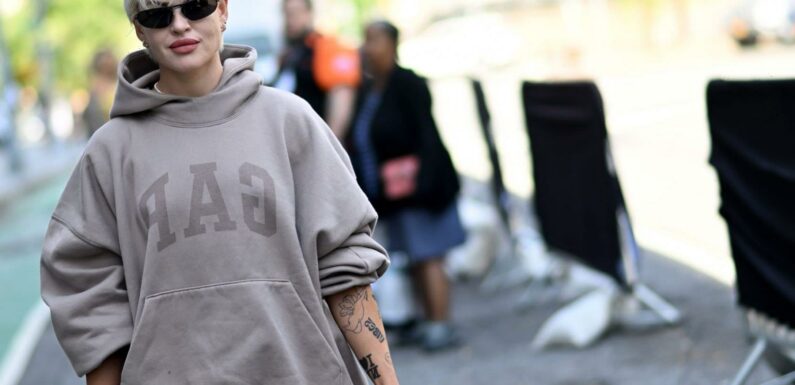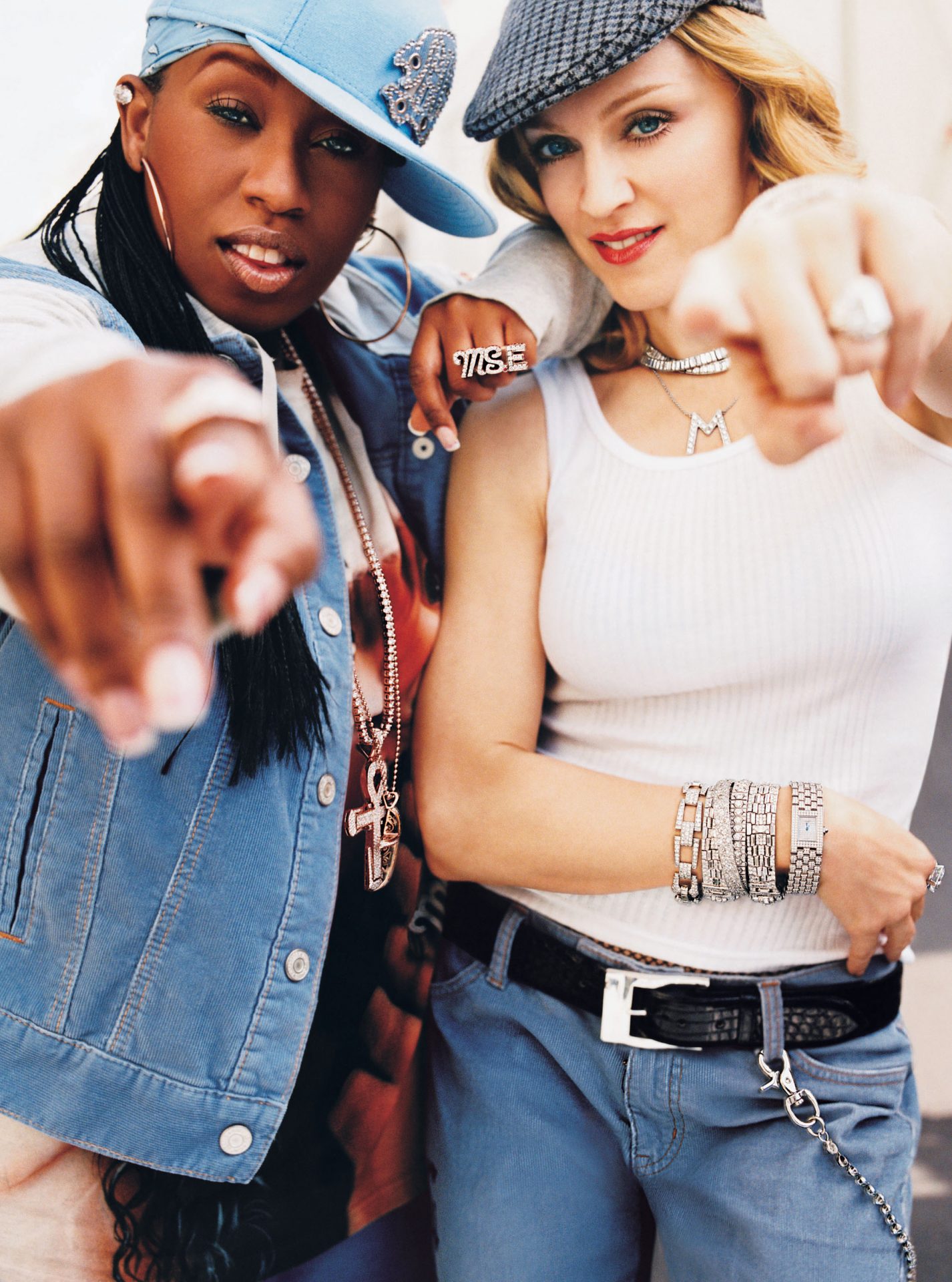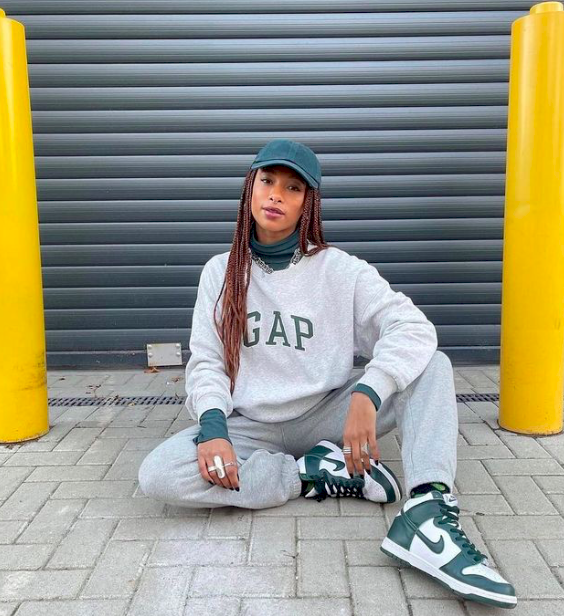
Written by Naomi May
Despite public fallouts with Yeezy and Telfar, Gap’s star is in the ascendant, thanks largely to its nostalgic appeal.
It’s been a difficult time for the clothing brand Gap. Despite the ubiquity of those Gap-branded hooded sweatshirts in the 90s and 00s, the brand has faced considerable obstacles in recent years. Firstly, there was the cancellation of its partnership with Telfar in 2020. The collaboration was initially halted due to the pandemic before being cancelled for good.
Then came the San Francisco-born brand’s ill-fated collaboration with Kanye West – now formally known as Ye – which was announced shortly after its Telfar partnership was cancelled. It was hoped that a joint venture with Ye’s Yeezy would generate $1 billion (£872m) in annual sales for the American retailer, but earlier this year, the partnership was dissolved.
Away from the headlines, though, there’s been a slow but steady embrace of Gap’s logoed clothing, in particular among Gen Z. As the tide of nostalgia increasingly laps at the fashion shore, Instagram and TikTok have become hotbeds of ‘vintage’ clothes that, to many, are mere relics from our childhoods. The nostalgia effect has paved a new path for the American brand, and it’s proving wildly successful.
For those old enough to remember, you’ll recall Gap’s signature logoed hooded sweatshirts. They debuted in 1995 and were available in a rainbow of saturated colours. Katie Holmes and Britney Spears are just two of the many famous faces who’ve been spotted in a Gap-logoed something-or-other, while the brand made its Vogue cover debut in 1992 where Cindy Crawford, Naomi Campbell and Linda Evangelista sported crisp white Gap shirts and jeans for the shoot, which was in honour of the magazine’s 100th anniversary. Shortly after the Vogue debut, Gap’s stock price reached an all-time high of $59.
But what had endured for years quickly became a thing of the past as fashion’s flirtation with the feminine style of bodycon dresses and skirts gained momentum, rendering Gap’s tracksuit jumpers and bottoms almost obsolete. Who wanted to shroud their figure in a baggy jumper when they could frame it in a skintight dress, the high street and high-end collections seemed to be whispering.
So Gap found itself in something of a quagmire: how to retain a brand’s homespun DNA while also making it relevant once again for today’s audience? The answer was to reissue, design and market those once cult-status hooded sweatshirts and refocus its energies on its most successful categories: denim, activewear and knitwear. In an Instagram post from September 2020, YouTube sensation Emma Chamberlain posted a series of photographs of her in a Gap-logoed sweatshirt to her followers. It received more than 2.4 million likes, and was the first notable step in Gap’s ordination back into the fashion fore.
According to Google Trends, the brand has experienced a 750% spike in searches over the past year alone. Gap itself has confirmed to Stylist that not only is the logoed hooded sweatshirt the most-searched-for piece on its website, but it receives nearly 30,000 searches per month. In fact, so far this year, one logoed Gap item has sold on its website every 10 minutes.
TikTok also confirmed Gap’s grand return. A quick scroll on the app, which has been downloaded more than 2 billion times overall globally, and where the #GapHoodie hashtag alone has been viewed more than 13 million times, reveals several Gap-logoed pieces. The company’s goal is to create something for everybody.
What started as a scrambled return has become a well-executed dance with success for Gap. The only remaining question is what move it will make next to secure its future.
Images: Getty
Source: Read Full Article



